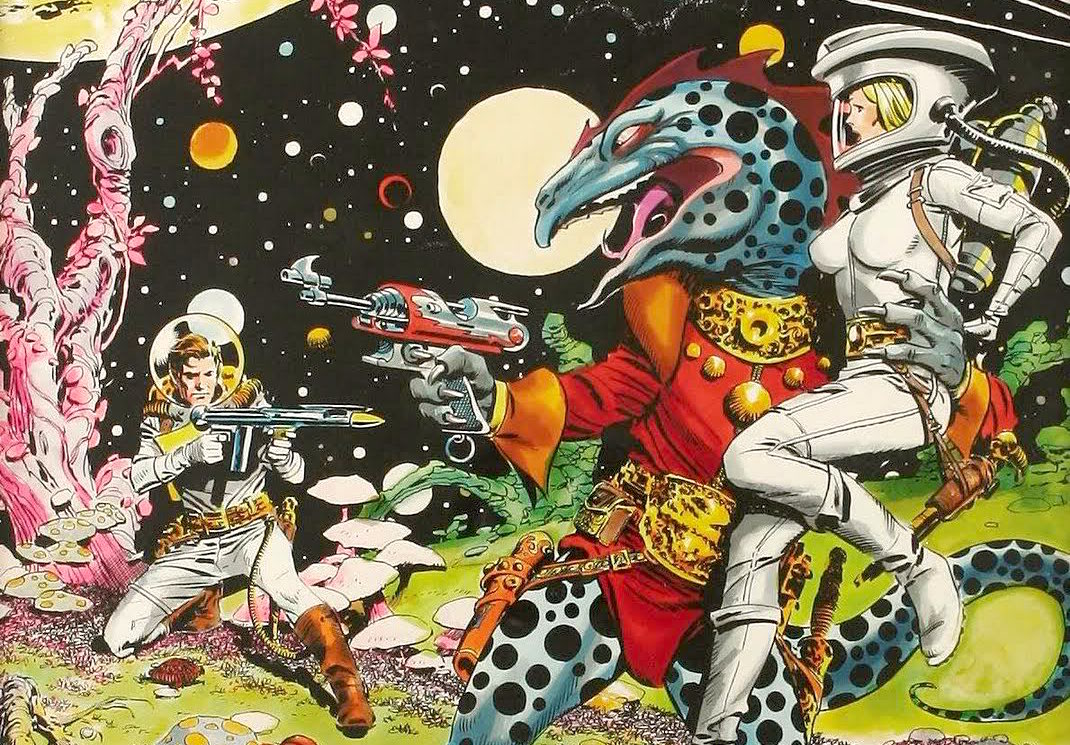The free adult movies | Adult Movies Onlinebeloved emoji that we take for granted and use every day to transmit our deepest emotions have a history, and now that history will be protected as part of the Museum of Modern Art's (MoMA) permanent collection.
SEE ALSO: Interracial couples emoji app and hashtag launches to promote the film 'Loving'No, the museum isn't appropriating the emoji we regularly use on our smartphones; instead, it's acquiring the original collection of emoji distributed by Japanese telecom giant NTT Docomo back in 1999.
Developed by Shigetaka Kurita, the emoji went live on Japanese mobile phones back when leading-edge mobile innovation was represented by platforms like Docomo's i-Mode and the flip phone was at the height of its popularity.
 Original image has been replaced. Credit: Mashable
Original image has been replaced. Credit: Mashable "All 176 Docomo emoji will be shown both as a group and individually, as well as many from the current Unicode set," Paul Galloway, a MoMA Collection Specialist, told Mashable. "There will be printed images, animations on monitors, and [possibly] a wallpaper."
Of course, because emoji are symbols and not one-time art, some might wonder what, exactly, MoMA means when it says it has "acquired" the symbols. Back in 2010, the museum acquired the "@" symbol, lauding its status as an impactful design element in modern design. At the time, the museum recognized Ray Tomlinson as having appropriated and changed the meaning and import of the symbol, which had been in use in various forms for hundreds of years.
"All 176 Docomo emoji will be shown both as a group and individually, as well as many from the current Unicode set"
"We have acquired the design act in itself and as we will feature it in different typefaces, we will note each time the specific typeface as if we were indicating the materials that a physical object is made of," MoMA curator Paola Antonelli wrote at the time.
However, in the case of Docomo's emoji, originally born in the age mobile technology, the lineage of the design is a lot clearer.
"We have express permission as part of the gift to display their 1999 emoji at the Museum in perpetuity," says Galloway. "NTT Docomo was extraordinarily generous in allowing this."
As a piece of modern art, the display will be up to individuals to determine where it stands alongside more traditional works from dedicated artists and designers from the past. But as a touchstone tracking the rapid evolution of how we communicate in the 21st century, this is possibly one of the most powerful acquisitions the museum has ever made.
The exact details of the installation are still being planned, but the public will get its first look at the presentation, which will include 2D graphics and animations, beginning in December.
(Editor: {typename type="name"/})
 Best Presidents' Day deal: Save $250 on Peloton Bike
Best Presidents' Day deal: Save $250 on Peloton Bike
 Review: 'All the Light We Cannot See' is a sweet, if heavy
Review: 'All the Light We Cannot See' is a sweet, if heavy
 Monsters for Grownups: Learning About Our Reptilian Overlords
Monsters for Grownups: Learning About Our Reptilian Overlords
 What Ever Happened to Biosphere 2?
What Ever Happened to Biosphere 2?
 Best free ChatGPT courses
Best free ChatGPT courses
Miami Heat vs. Brooklyn Nets 2025 livestream: Watch NBA online
 TL;DR:Live stream Miami Heat vs. Brooklyn Nets in the NBA with FuboTV, Sling TV, or YouTube TV.The M
...[Details]
TL;DR:Live stream Miami Heat vs. Brooklyn Nets in the NBA with FuboTV, Sling TV, or YouTube TV.The M
...[Details]
What Was the Princess Diana Beanie Baby?
 Collector’s ItemBy Chantal McStayJanuary 1, 2017Best of 2016We’re away until January 3, but we’re re
...[Details]
Collector’s ItemBy Chantal McStayJanuary 1, 2017Best of 2016We’re away until January 3, but we’re re
...[Details]
The Hopeful Dystopia of Pushwagner’s “Soft City”
 Here Comes the MoonBy Martin HerbertDecember 26, 2016Best of 2016We’re away until January 3, but we’
...[Details]
Here Comes the MoonBy Martin HerbertDecember 26, 2016Best of 2016We’re away until January 3, but we’
...[Details]
Google Chrome on iPhone now lets you move the address bar
 Google added a new feature to Chrome that is reminiscent of Safari's current design. You can now mov
...[Details]
Google added a new feature to Chrome that is reminiscent of Safari's current design. You can now mov
...[Details]
Moto Z Battery Beast: Mod Delivers Best in Class Smartphone Battery Life
Google Halloween search trend report: Michael Myers, Jell
 We already know this to be true, but Google search trends prove it: Halloween-franchise villain Mich
...[Details]
We already know this to be true, but Google search trends prove it: Halloween-franchise villain Mich
...[Details]
'Nyad' Review: An exciting drama buoyed by Annette Bening and Jodie Foster
 Formulaic at first glance, the feel-good sports drama Nyadhits every beat you'd expect, but it nails
...[Details]
Formulaic at first glance, the feel-good sports drama Nyadhits every beat you'd expect, but it nails
...[Details]
That Time My Aunt Rose Faked Her Own Death
 The Book of LifeBy Shelley SalamenskyDecember 27, 2016Best of 2016We’re away until January 3, but we
...[Details]
The Book of LifeBy Shelley SalamenskyDecember 27, 2016Best of 2016We’re away until January 3, but we
...[Details]
Video Games Are Better The Second Time You Play Them
eBay has banned Jeffrey Dahmer costumes
 Bad news for anyone planning to dress up as Jeffrey Dahmer this Halloween: you're morally bankrupt.
...[Details]
Bad news for anyone planning to dress up as Jeffrey Dahmer this Halloween: you're morally bankrupt.
...[Details]
Meta deletes all AI character profiles on Facebook, Insta after backlash

Best headphones deal: JBL Tune 510BT headphones on sale for $24.95

接受PR>=1、BR>=1,流量相当,内容相关类链接。